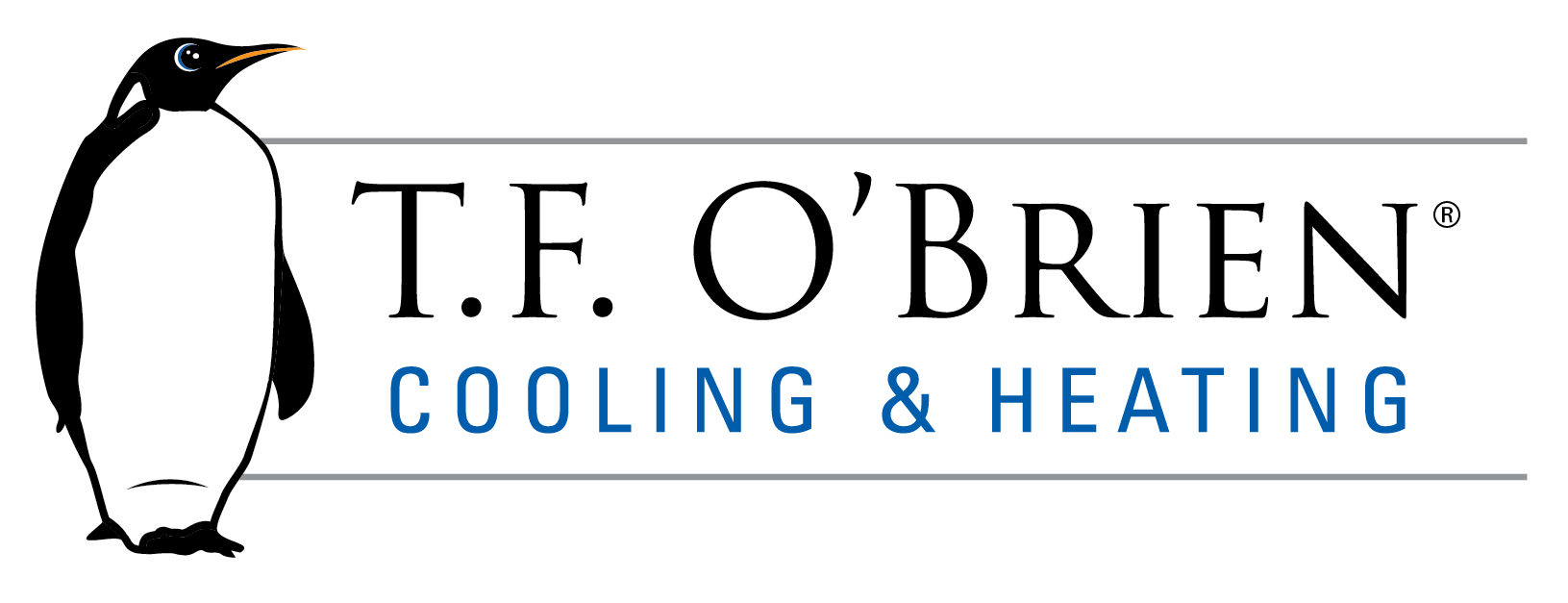 Easy Things You Can Do to Have Cleaner Indoor Air
Easy Things You Can Do to Have Cleaner Indoor Air
Indoor air quality is a major concern for homeowners and for the Environmental Protection Agency (EPA), as it has included indoor air quality in its top five environmental risks. As a result, many homeowners have grown concerned about the pollutants inhabiting indoor air. Unfortunately, as homes become increasingly airtight to in order to make them more energy efficient, indoor air quality has only become worse, with fumes, odors, mold, mildew and other pollutants becoming trapped inside. Combating the problem of bad indoor air quality and taking steps to improve the air you breathe is essential. Fortunately, if you try three simple strategies, you can greatly improve the quality of air in your home.
- Control the source of emissions. Essentially, this means dealing with the contributors of poor indoor air quality before they cause problems. Some control methods are obvious, such as sealing up areas containing asbestos, having lead paint or mold safely removed from the home by professionals, or having the fuel to a gas stove adjusted to reduce emissions. You can also take steps to control other sources of pollution, like switching to natural cleaning products or using paints and other products that contain lower levels of volatile organic compounds.
- Add ventilation. When a home is airtight, ventilation becomes even more important. There are three major types of ventilation: natural ventilation (opening a window), ventilation at a specific source (such as exhaust fans in your bathroom or a kitchen vent hood) and a whole-house ventilator. A whole-house ventilator is often the best choice because it ensures that your home receives a balance of fresh incoming air and stale outgoing air.
- Use an air cleaner. A device that’s designed to purify indoor air can also facilitate better air quality. Air cleaners come in different forms, from portable models that sit within an individual room to whole-house models installed as part of your HVAC system. Whole-house models, like ventilation systems, are effective at purifying the entirety of indoor air.
To learn more about these methods and for help deciding option(s) is best for you, contact the experts at T.F. O’Brien Cooling & Heating.
Our goal is to help educate our customers about energy and home comfort issues (specific to HVAC systems). For more information about indoor air quality and other HVAC topics, download our free Home Comfort Resource guide.
Photo courtesy of Shutterstock.
